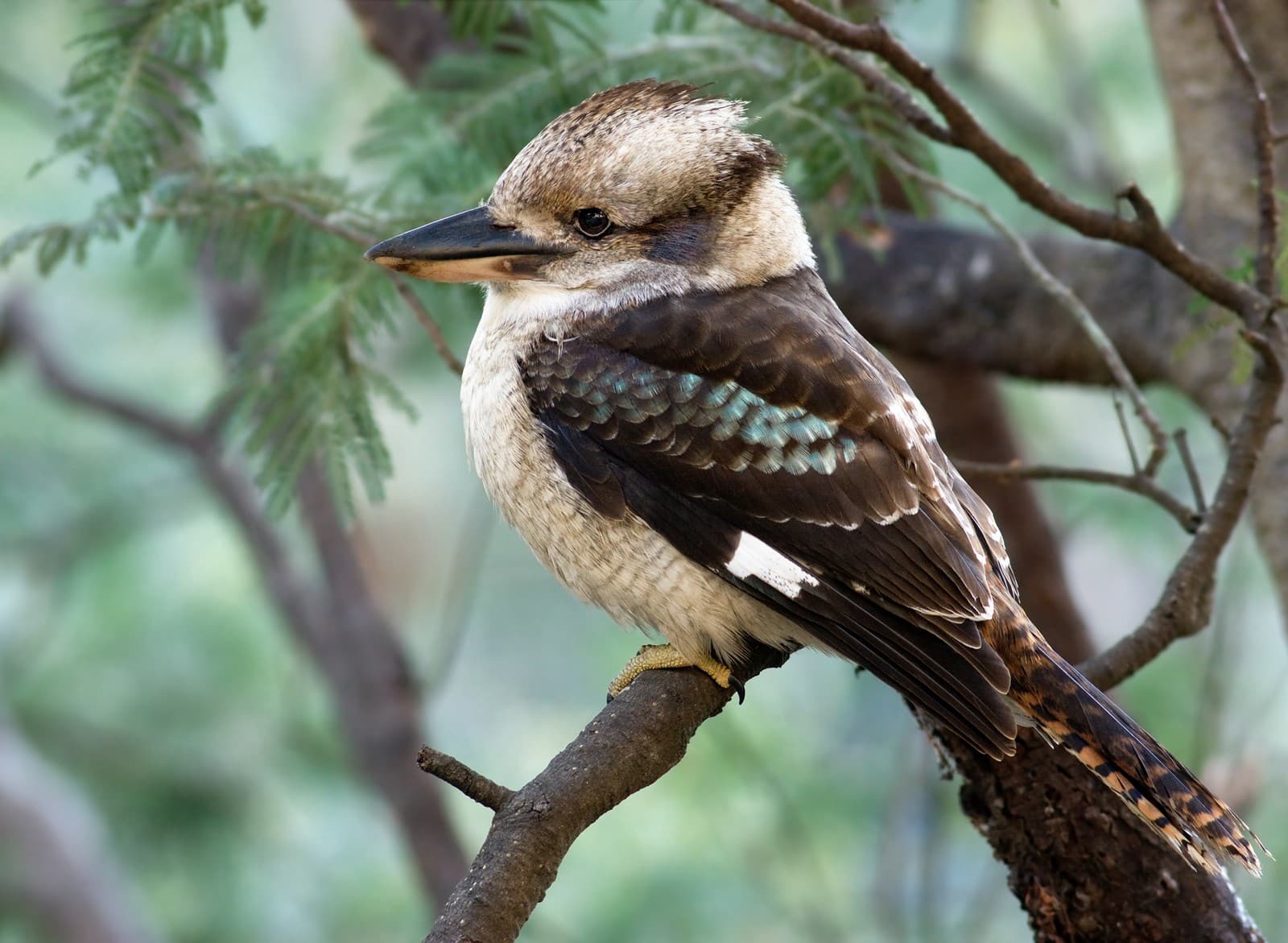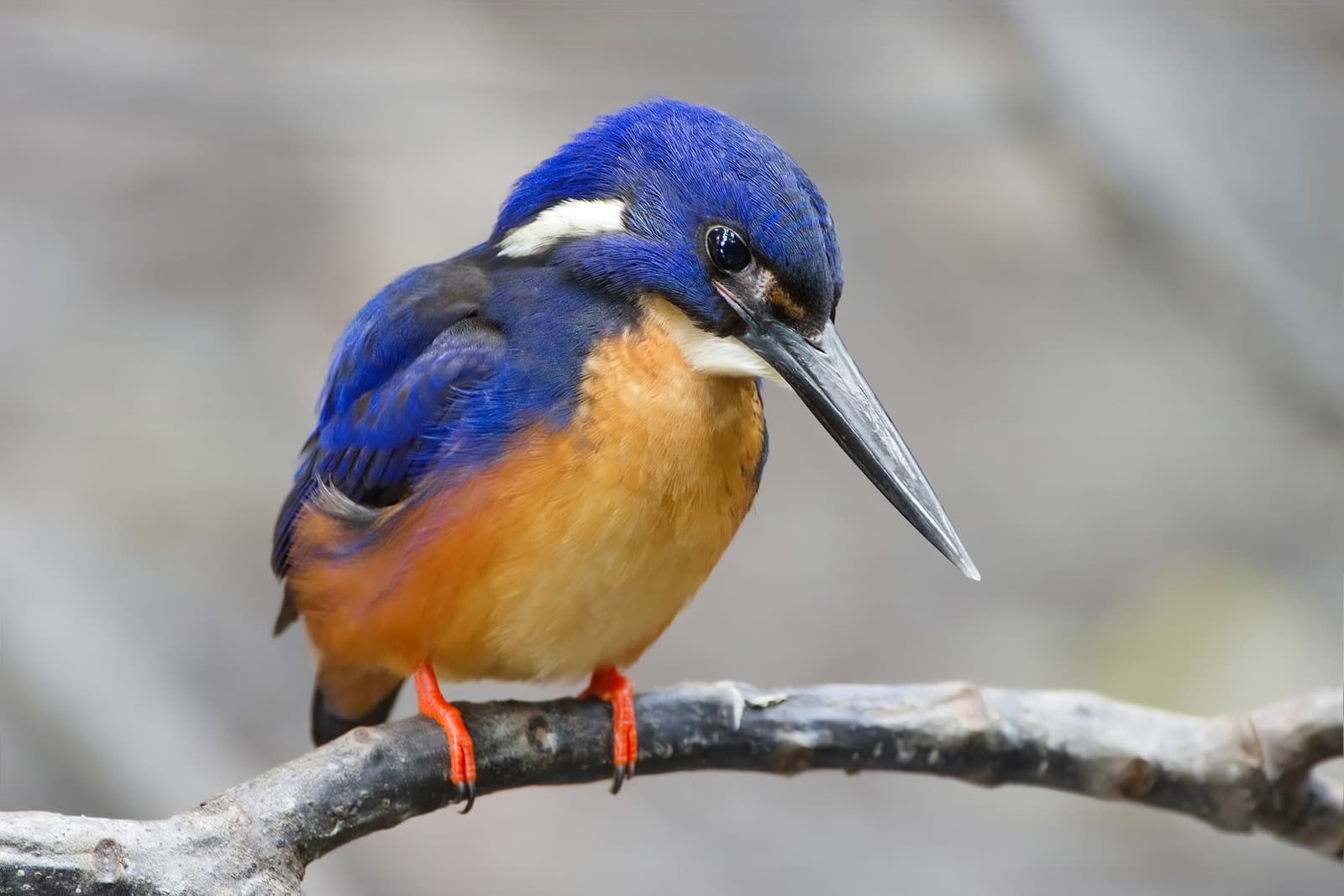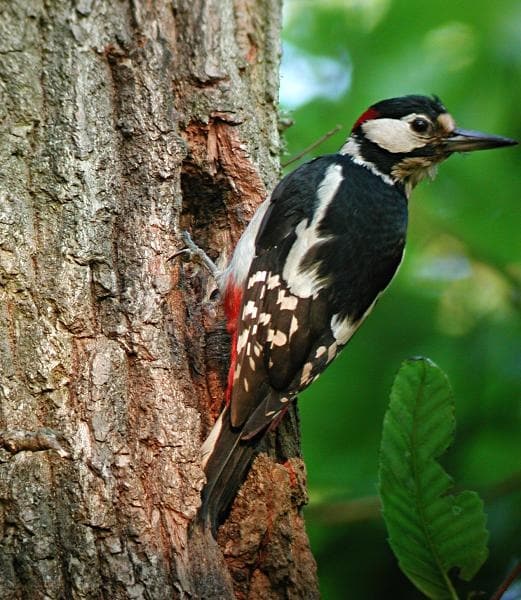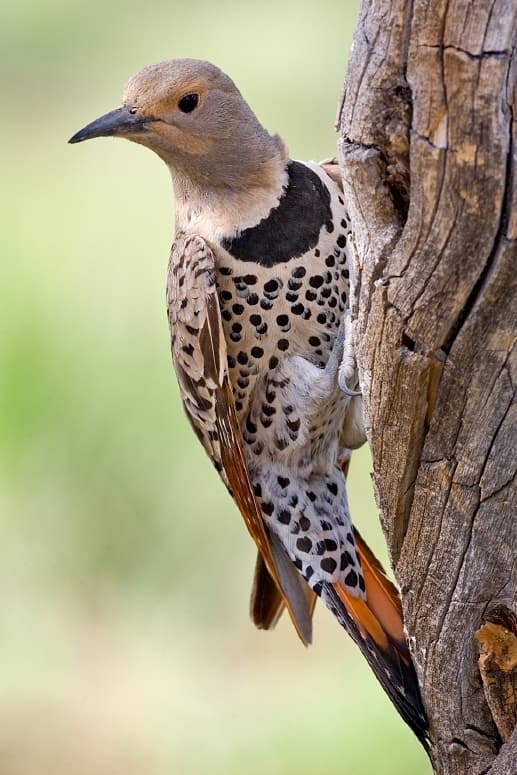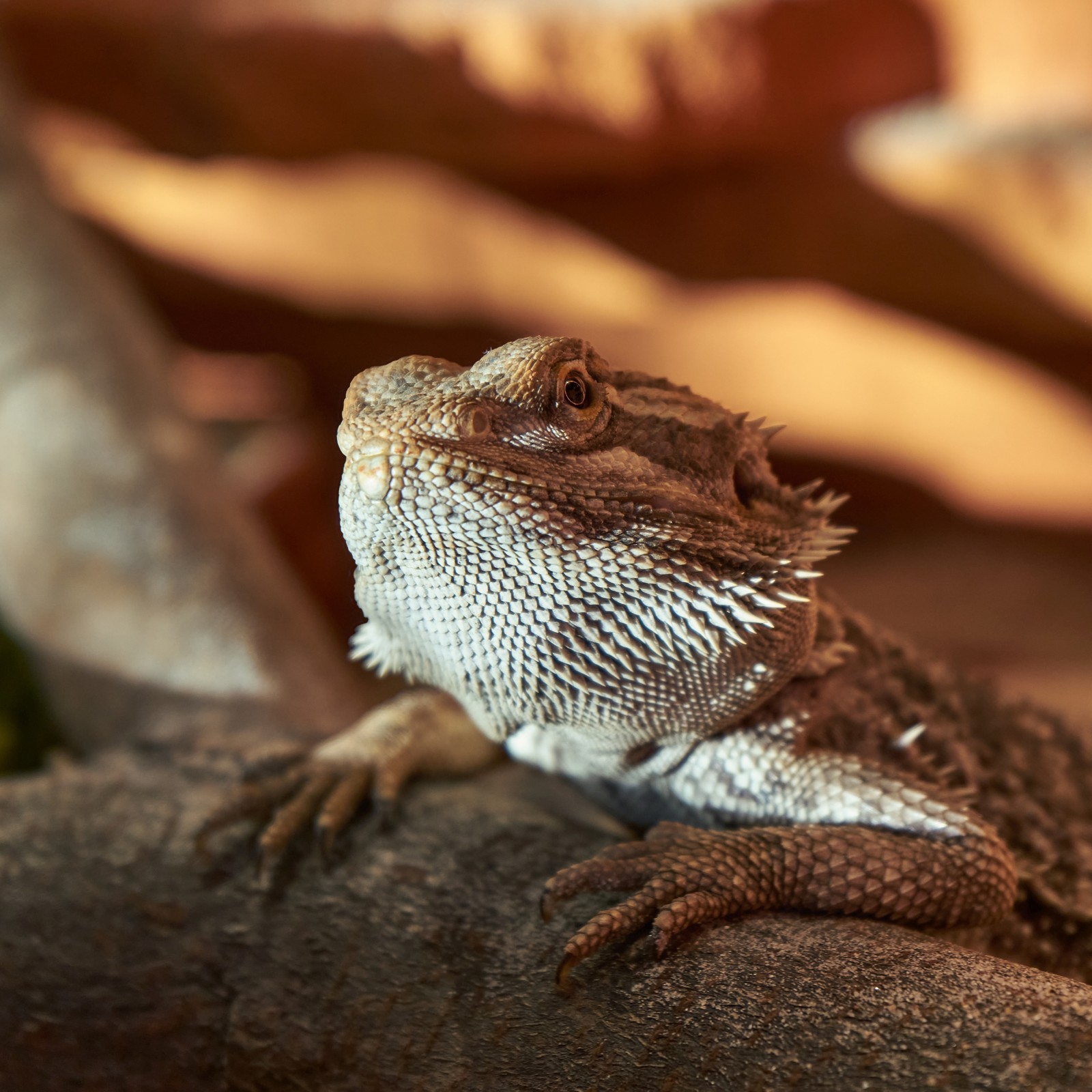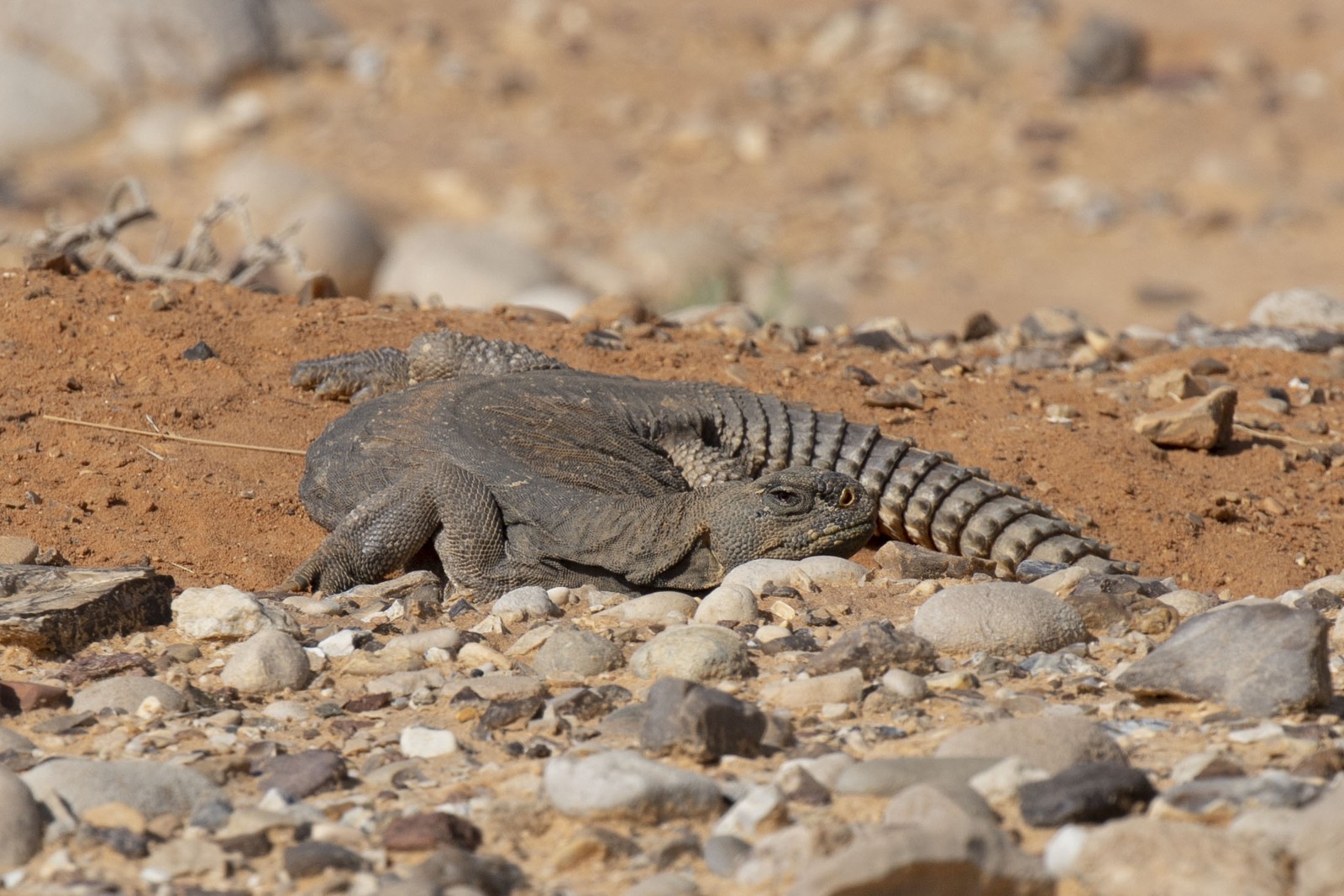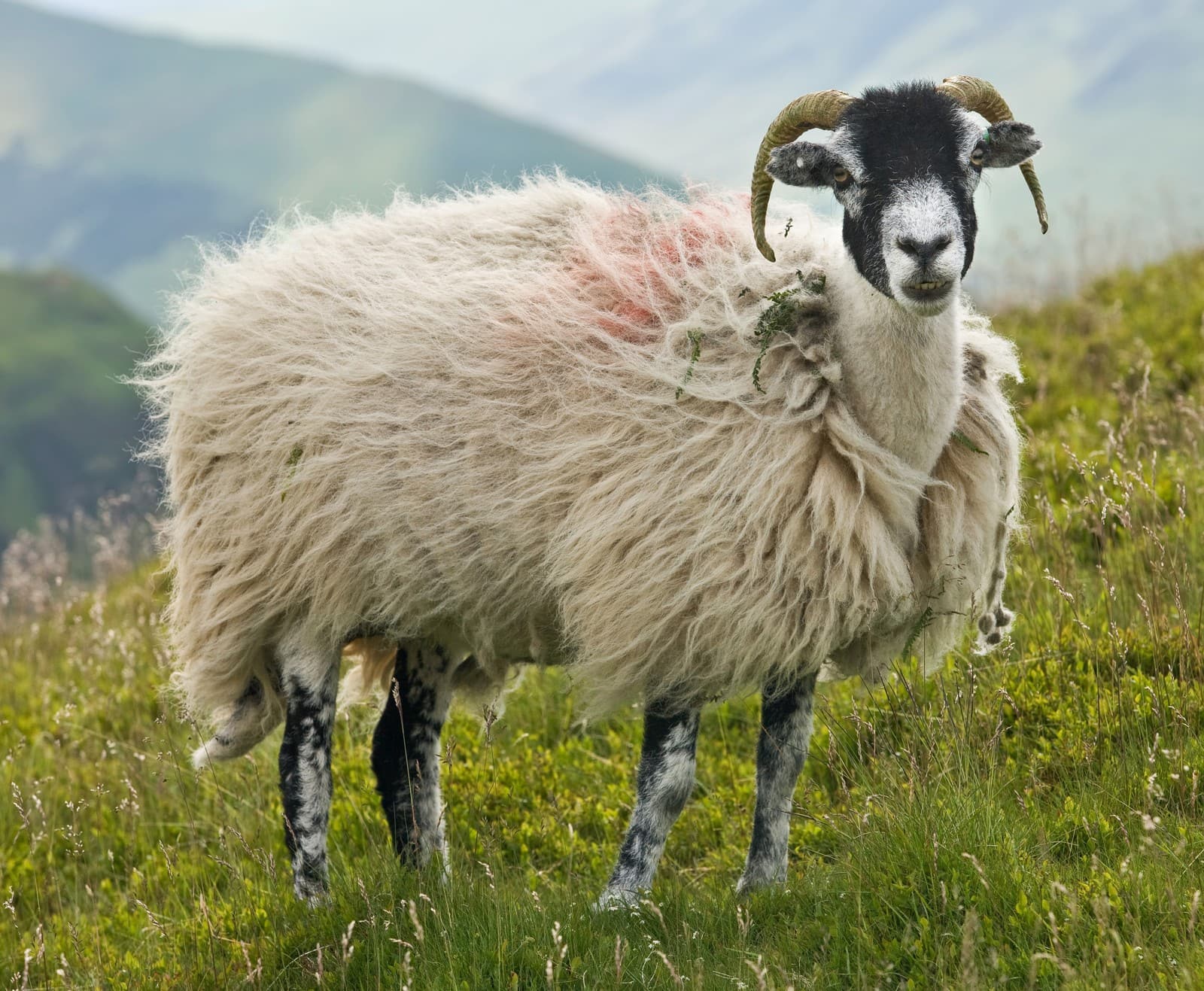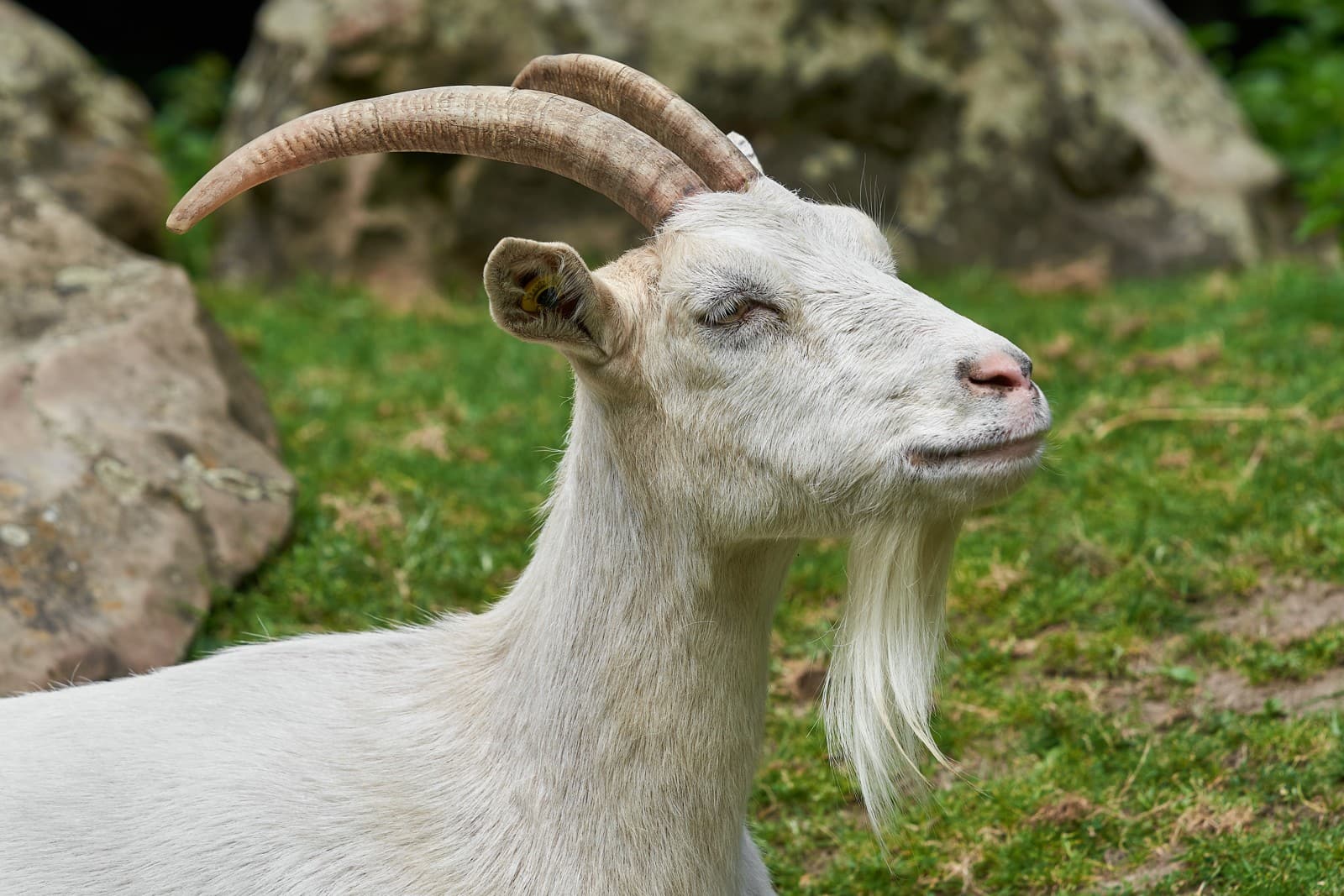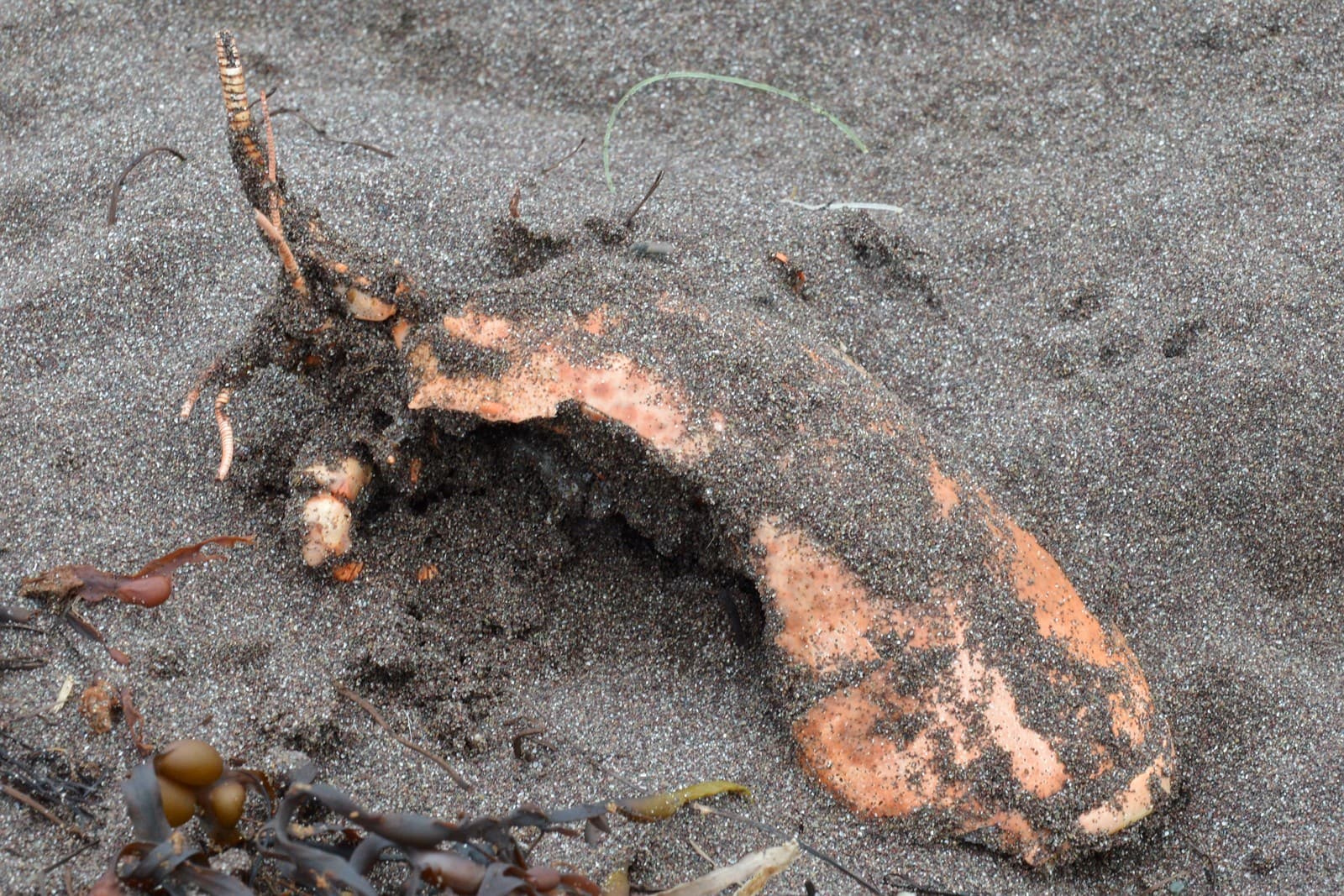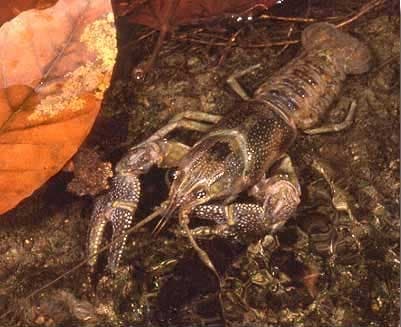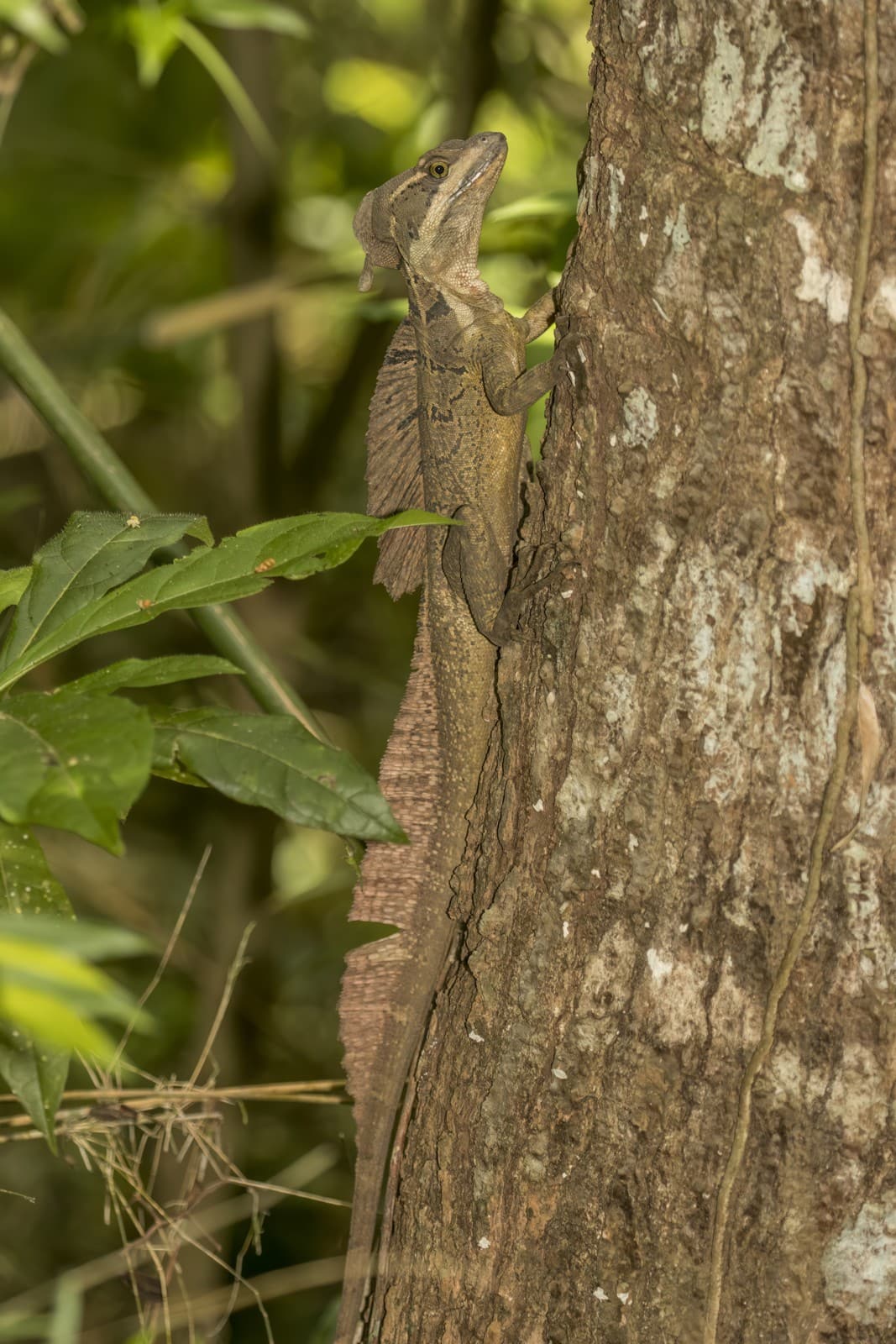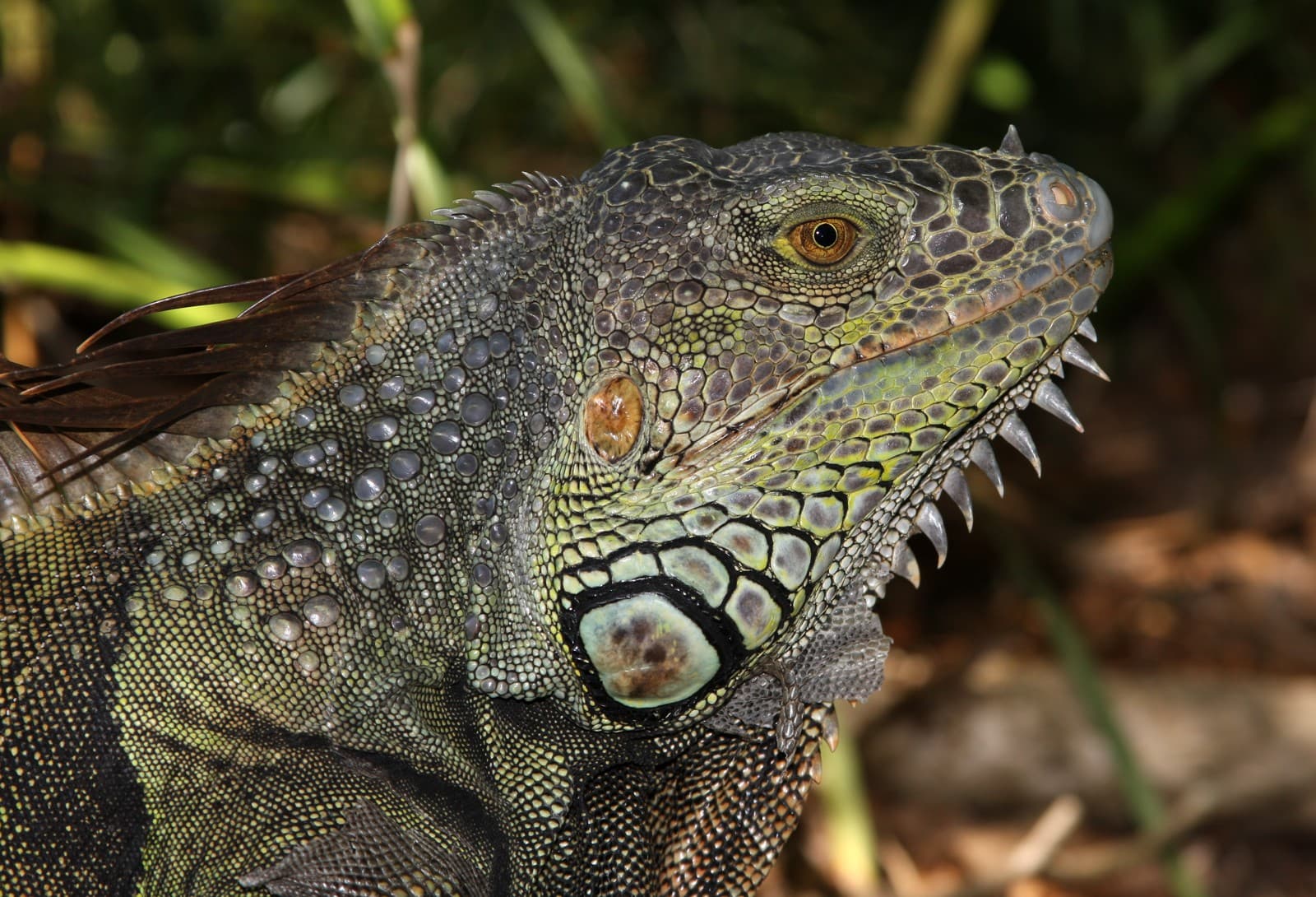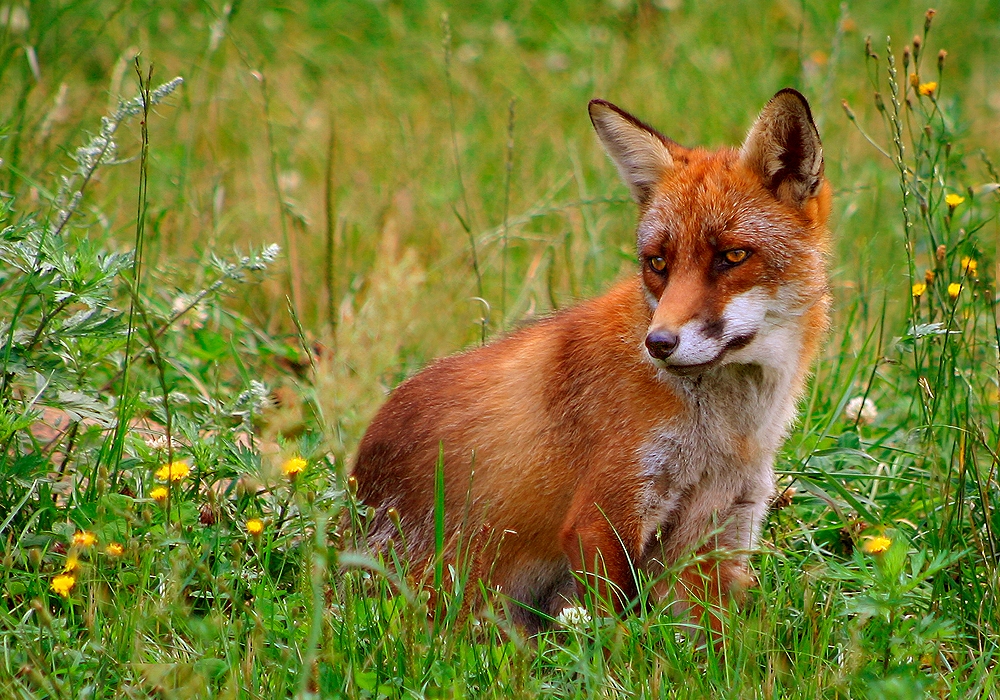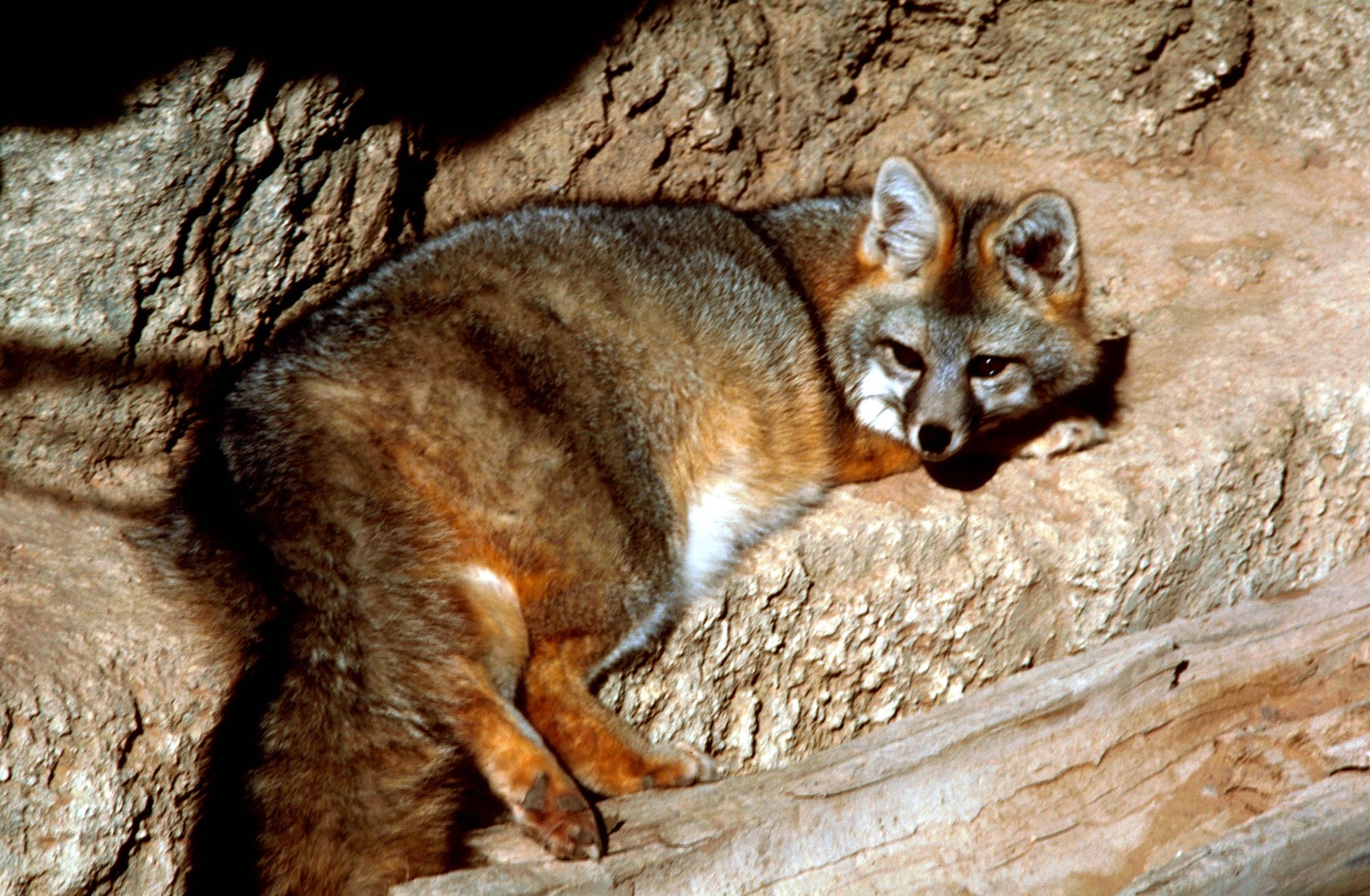Kingfisher vs Woodpecker: A Complete Comparison
While both Kingfishers and Woodpeckers are master hunters with specialized bills, these remarkable birds have evolved to occupy vastly different ecological niches. Kingfishers are primarily fish-hunters with straight, dagger-like bills reaching lengths of 4 inches (10 cm), while Woodpeckers possess chisel-shaped beaks adapted for drilling into wood, typically 1-2 inches (2.5-5 cm) long.
The differences between Kingfishers and Woodpeckers extend far beyond their distinctive bills. From hunting techniques to preferred habitats, these birds showcase nature’s remarkable adaptability. A typical Kingfisher can dive at speeds up to 25 mph (40 km/h) to catch fish, while Woodpeckers can deliver up to 20 pecks per second when foraging or creating nest cavities.
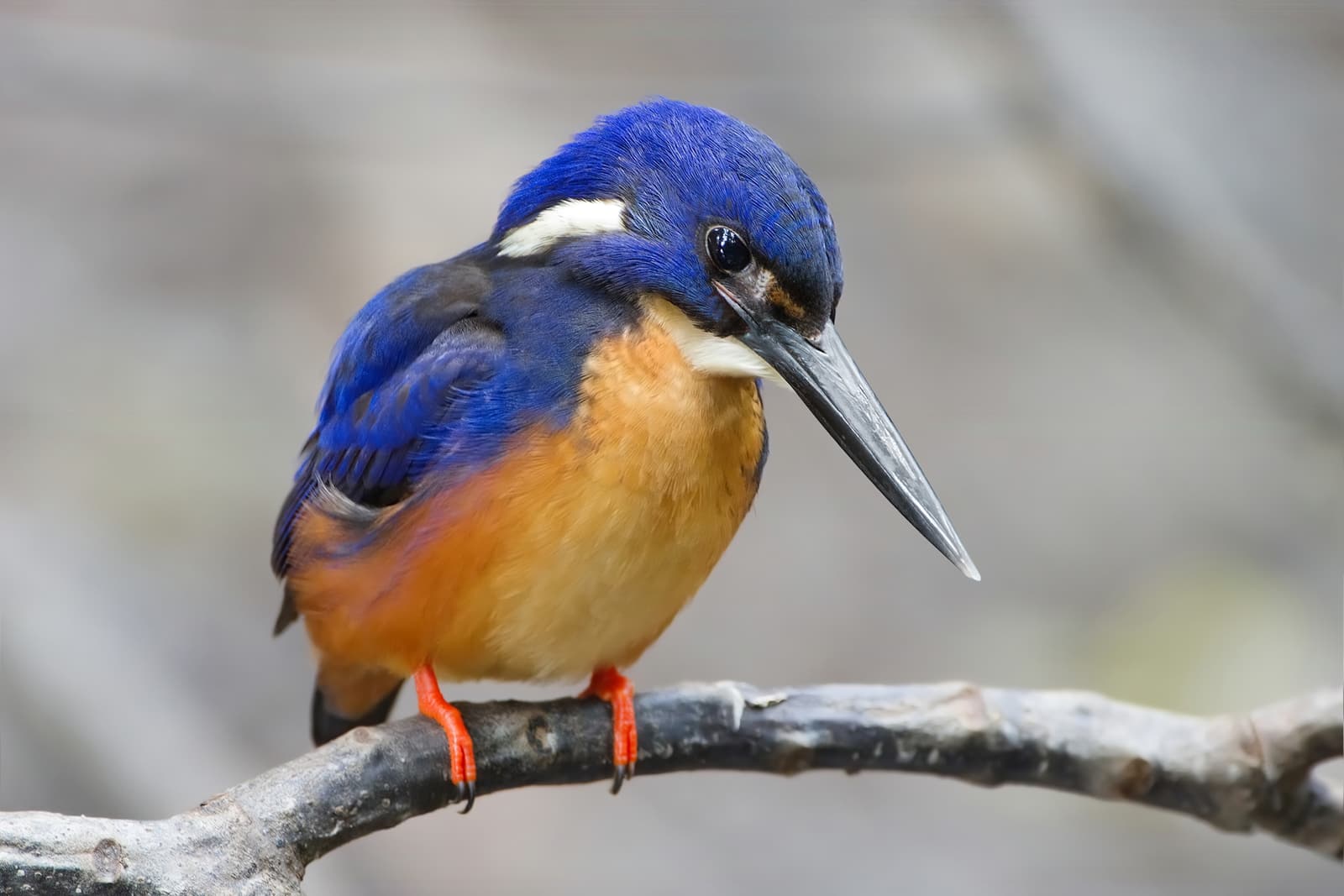
© JJ Harrison (https://www.jjharrison.com.au/) / CC BY 3.0
The Azure Kingfisher exemplifies the family’s characteristic features: a long, straight bill perfect for spearing fish, brilliant blue plumage for camouflage against water reflections, and the compact, streamlined body essential for high-speed diving.
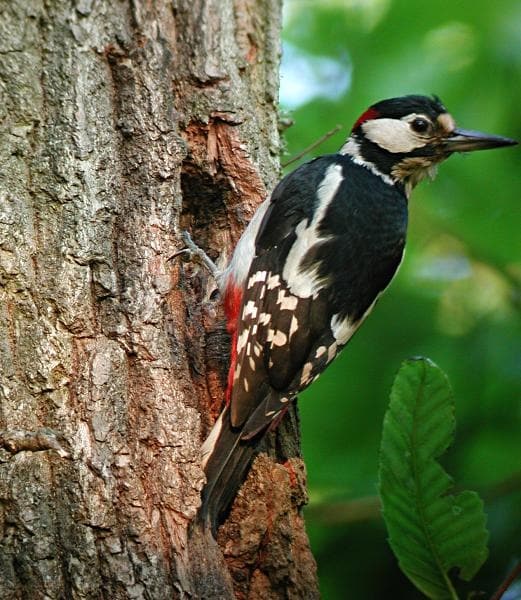
© André Chatroux / FAL
The Great Spotted Woodpecker demonstrates the specialized adaptations of woodpeckers: strong, chisel-like bill for wood-boring, stiff tail feathers for support while climbing, and distinctive black and white plumage that provides camouflage against tree bark.
Key Differences Between Kingfishers and Woodpeckers
| Feature | Kingfisher | Woodpecker |
|---|---|---|
| Bill Type | Long, straight, dagger-like | Strong, chisel-shaped |
| Primary Diet | Fish, aquatic prey | Insects, tree-dwelling larvae |
| Habitat | Near water bodies | Woodlands, forests |
| Hunting Method | Diving from perch | Pecking and probing wood |
| Size Range | 4-18 inches (10-45 cm) | 6-20 inches (15-50 cm) |
| Special Adaptations | Binocular vision, waterproof feathers | Shock-absorbing skull, long tongue |
Habitat and Distribution
Kingfishers primarily inhabit areas near water bodies, including rivers, lakes, and coastal regions across Asia, Africa, and the Americas. They require clear water for hunting and vertical banks for nesting. In contrast, Woodpeckers are found in forested areas worldwide, except for Australia, with the highest diversity in South America. They depend on mature trees for both feeding and nesting.
Hunting Techniques and Diet
Kingfisher Hunting Strategy
- Perches above water to spot prey
- Dives at speeds up to 25 mph (40 km/h)
- Uses bill to spear or grab fish
- Returns to perch to consume prey
- Primarily catches fish, but also takes crustaceans and amphibians
Woodpecker Feeding Behavior
- Drums on trees to locate insect tunnels
- Delivers powerful blows to access prey
- Uses long, barbed tongue to extract insects
- Can drill up to 12,000 pecks per day
- Supplements diet with fruits, nuts, and sap
Physical Adaptations
Kingfishers possess remarkable adaptations for fishing:
- Third eyelid for underwater vision
- Oil-producing gland for waterproofing
- Locking mechanism in neck vertebrae
- Fused toe arrangement for perching
Woodpeckers show equally impressive specializations:
- Shock-absorbing skull structure
- Extremely long tongue (up to 4 inches/10 cm)
- Stiff tail feathers for support
- Zygodactyl feet for climbing
Who Would Win in a Confrontation?
While these birds rarely interact in nature, their specialized adaptations suggest different strengths. Kingfishers excel in open-air agility and diving speed, while Woodpeckers possess superior strength and endurance. Given their different ecological niches, direct competition is extremely rare, and each species is perfectly adapted to its own lifestyle rather than confrontation.
Conservation Status and Threats
Both bird families face similar conservation challenges:
- Habitat loss due to deforestation
- Water pollution affecting fish populations
- Climate change impacts on food availability
- Reduction in mature trees for nesting
- Human disturbance at breeding sites
Understanding the distinct characteristics and needs of Kingfishers and Woodpeckers is crucial for their conservation. While they may appear similar at first glance, these remarkable birds represent two distinct evolutionary paths, each perfectly adapted to its specialized ecological role.
